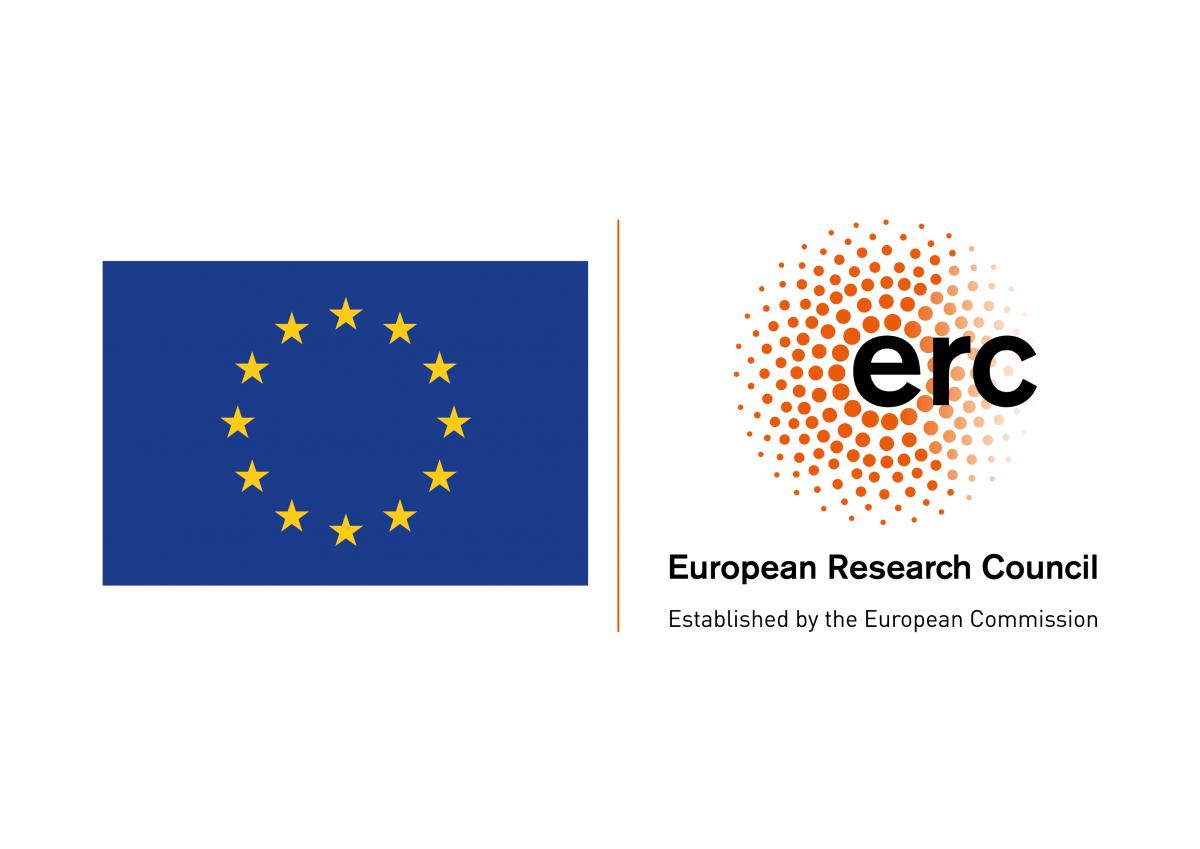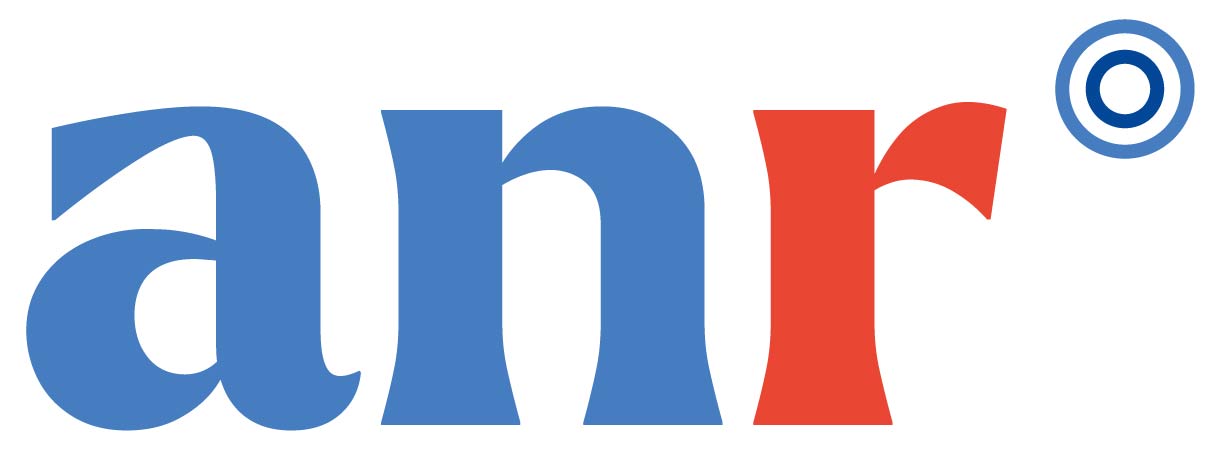Projects and Collaborations
ERC Consolidator SuperProtected
The quantum computer dream is driven by promises of unprecedented capabilities but is also facing a stark reality: quantum coherence is as powerful as it is difficult to protect. Quantum Error Correction (QEC) aims to extend coherence using redundancies but leads to solutions that are extremely resource-intensive: at present, protecting one bit of information requires at least ten thousand physical qubits. The main objective of this proposal is to engineer a new type of superconducting qubit, which will be intrinsically protected against de-coherence. Instead of matching the qubit states to the number of Cooper pairs or flux quanta of a given circuit, as is usually done, SuperProtected will exploit a completely new encoding scheme: quantum information will be stored as the parity of the number of Cooper pairs. This will be achieved by building a circuit component where charge transport occurs as pairs of Cooper pairs (4e-tunneling) while the standard single pair transport (2e-tunneling), or Josephson current, is reduced to zero. This new paradigm implies inductances with unprecedented value (10μH), also known as superinductances. The novel approach builds on two technological steps: a new high-kinetic inductance superconductor (InOx) and suspended silicon membranes. Improvement of the coherence time over current state-of-the-art is expected to be two orders of magnitude. The proposed qubits offer another major advantage: protected gates can be implemented using a simple modification of the architecture. The resulting protected qubit will extend the frontiers of the current knowledge in QEC and bring down the hardware requirements for a logical qubit by several orders of magnitude. Such a result would considerably change the quantum computing landscape.

FET Open AVaQus
AVaQus (Annealing-based VAriational QUantum processorS) is a European project funded in the FET-Open 2019 call to develop a quantum processor that demonstrates coherent quantum annealing and its potential to solve real-life optimization problems. The project brings together European research groups and companies to overcome the limitations of current annealing devices by applying the latest developments in superconducting quantum circuits. AVaQus will build and operate a quantum annealer prototype with 5 qubits with high connectivity, tunable interactions and long coherence times. This will be a ramp-up effort to develop the core technology for building next-generation devices capable of performing quantum computation and simulation tasks that might rival classical computers in the long-term.


Quantera SiUCs
Superconducting quantum circuits form one of the most promising solid state platforms for quantum computing. This success builds on the naturally large interaction between light, represented by microwave signals, and matter, embodied by superconducting qubits. Microwave photons are used at every stage of quantum information protocols: qubit manipulation, qubit readout and qubit-qubit coupling. To describe this rich and ubiquitous light-matter interaction, the community has relied so far on the conceptual tools inherited from quantum optics. However, atoms and photons interact weakly, perfectly justifying the use of the rotating wave approximation (RWA), which states that non-resonant processes can be safely neglected. The situation with superconducting circuits is quite different since qubits can literally be wired to transmission lines carrying microwave photons. And limitations of the RWA have already been pointed out for qubit readout or driven-dissipative protocols. SiUCs will follow a radically new approach: we will harness the potentiality of very large light-matter coupling -often referred to as ultra-strong coupling- instead of fighting it. In order to address this challenging approach in a controlled way, we will develop an architecture based on superinductors. Resonators and transmission lines built from such components display impedances close to the quantum of resistance (RQ~6.5 kOhms) at gigahertz frequencies, with very low losses, allowing a boost in light-matter interaction.





